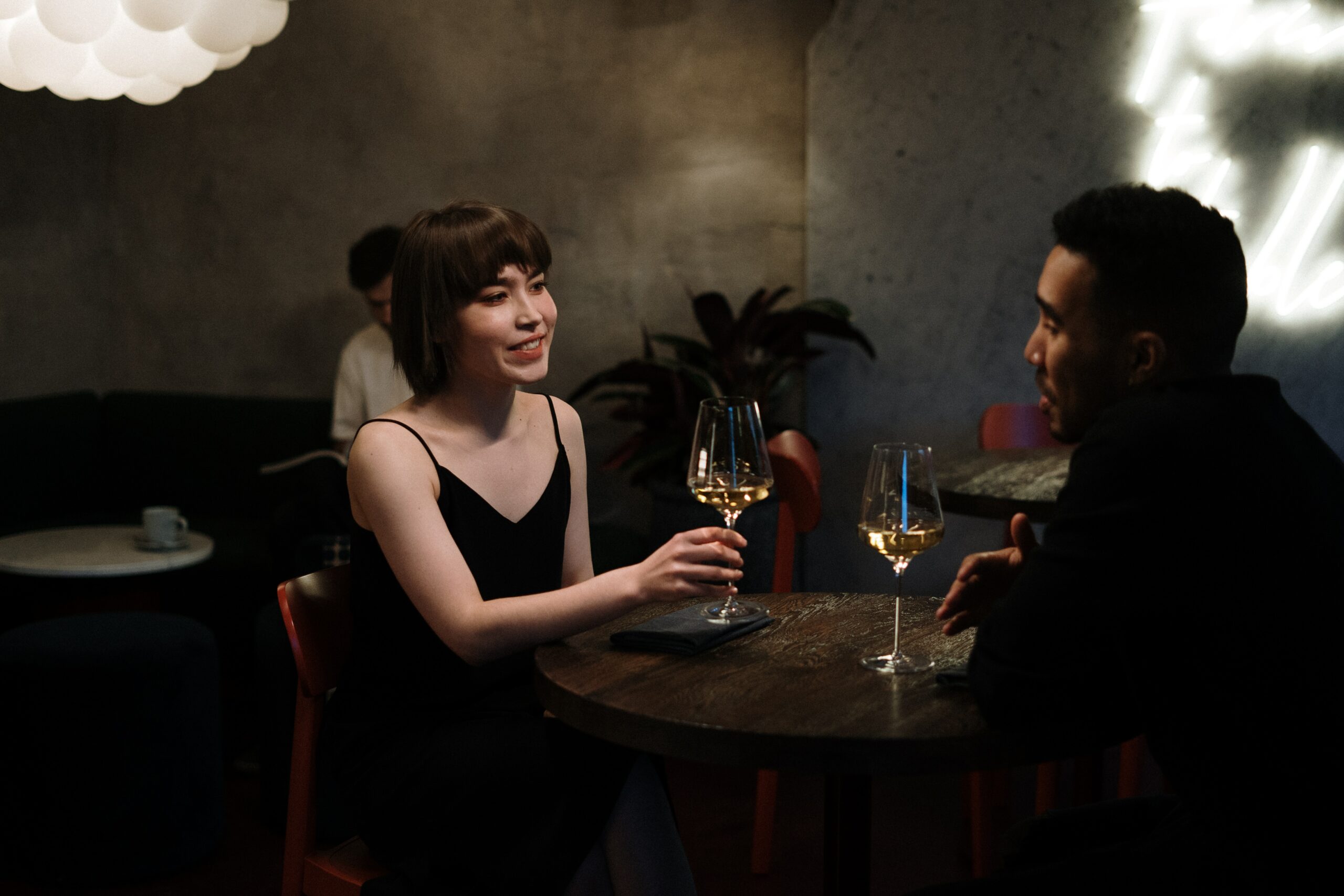It’s an interesting thing the body. So much of the time as actors come into this business, whether trained or not, one of the first things that they has to learn is how to simplify the work focusing on the river, aka. Story, and letting the words sit on top while using the power of STILLNESS. We work on that for as long as it takes to really live freely with the moment with that same stillness but when does that stillness potentially pose a problem?
Answer: the moment you can’t tell the whole story with stillness. I.E. in comedy, especially, multi-camera or even in drama you can use your body to allow for change of emotion in a dramatic turn, or… a big side-slash.
When it comes to comedy, the body can really be the key. For instance, if the large imposing guy is suddenly feeble like a child and melts before the small feeble old woman in fear, the juxtaposition of the size and now meek stature of the guy due to the power of the woman is now seen in a comedic light. This is an overt example but you get the point. Or if suddenly you are about to have fecal accident in your pants and it takes over your whole body trying to keep your underwear clean, you can see where the comedy lies in that situation. Now, a subtler example, would be a woman who is having trouble walking in heels and every step is a struggle. In an audition, there is no way to show that right but at the base of that comedy is imbalance. So when in the audition, she could just simply shift weight and replace her foot and in doing so have to catch herself while acting like nothing happens.
For drama, the most obvious thing to do is the standing to sit or visa versa. It is a powerful tool to just sit. How, many times have we in real life had life changing, or seemingly so, information hit us and it literally forces you to sit. USE this specifically. You can not be up and down all through out the conversation but if you can, without forcing it, sit or stand at a moment where you need it to tell the story. Just Do It. It allows, with nothing but a simple movement, for the person in the story to lead the viewer through a large change in emotional tension.
The point being, don’t forget that your instrument is your whole body and don’t let the fear of not being still keep you from using all of your instrument.

State your Unstated
Anyone who’s ever studied with Annie knows that there are three ways an actor can tell the story: The stated,



